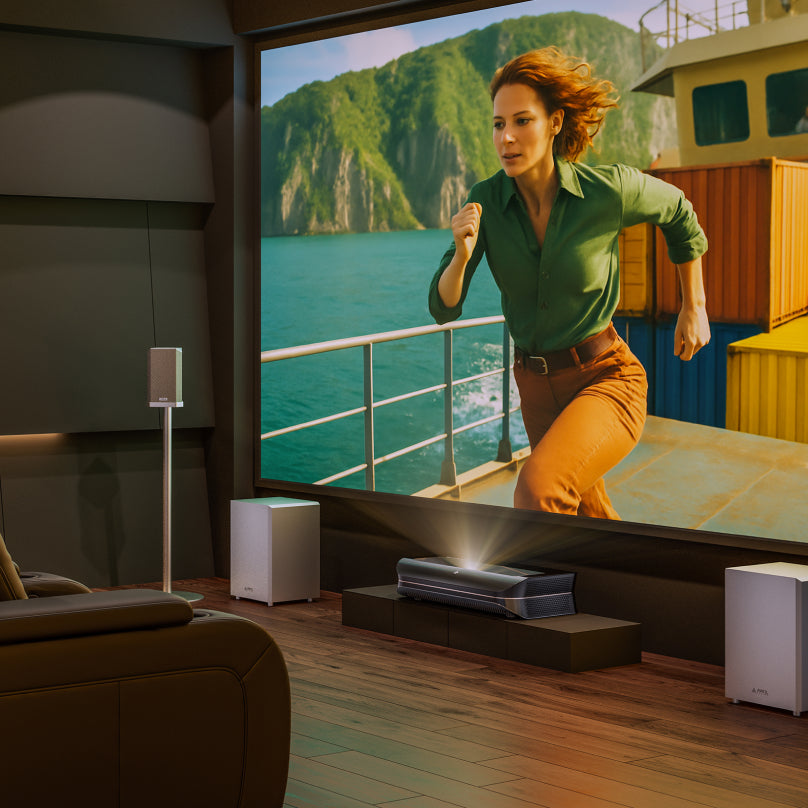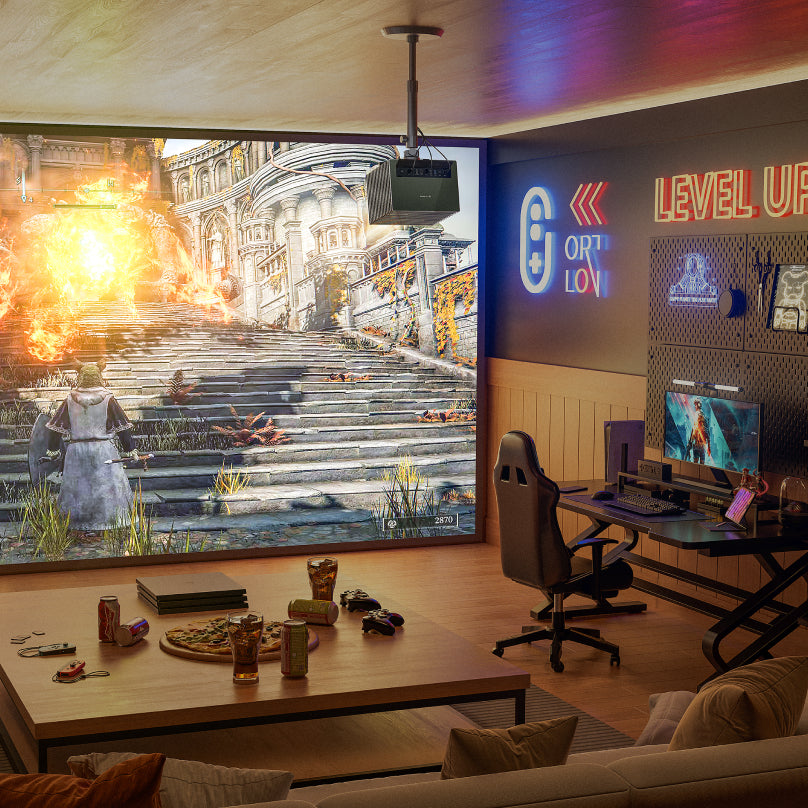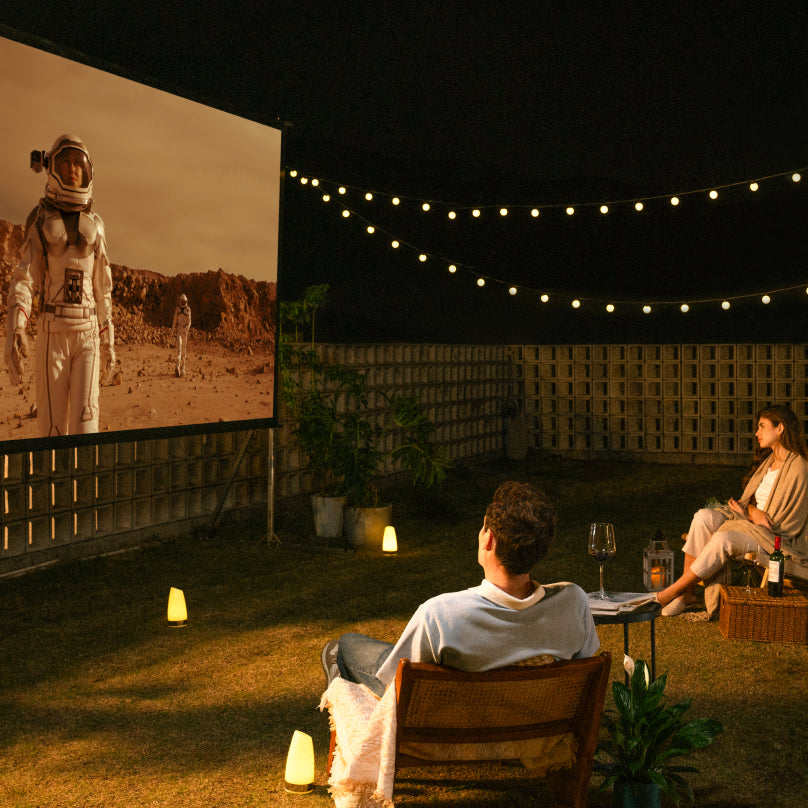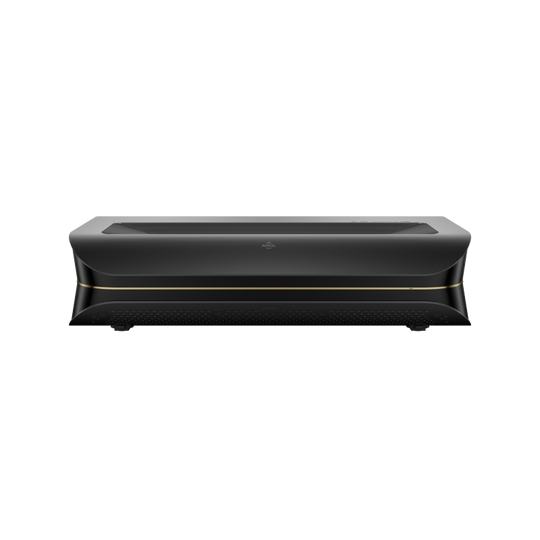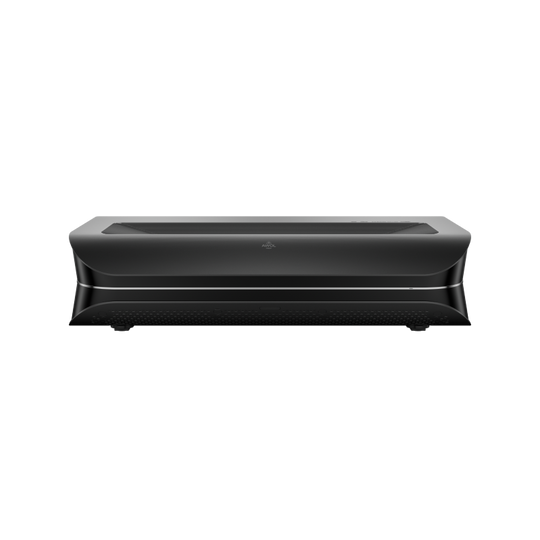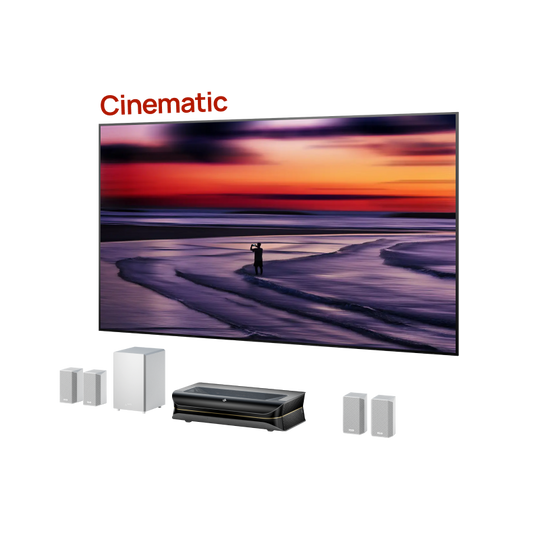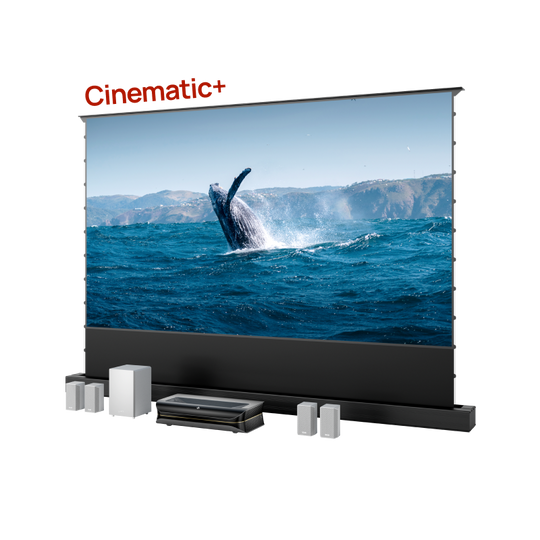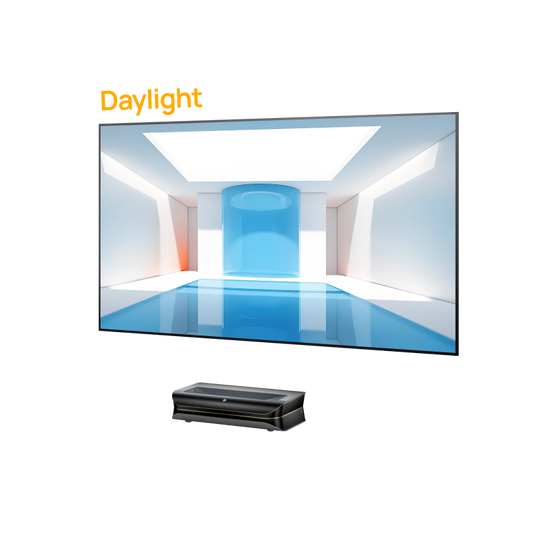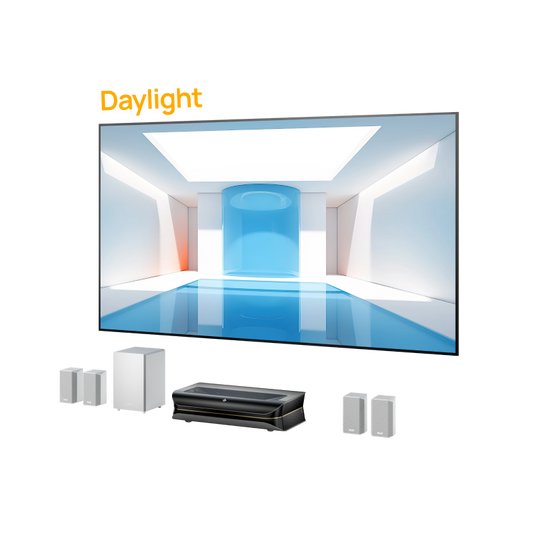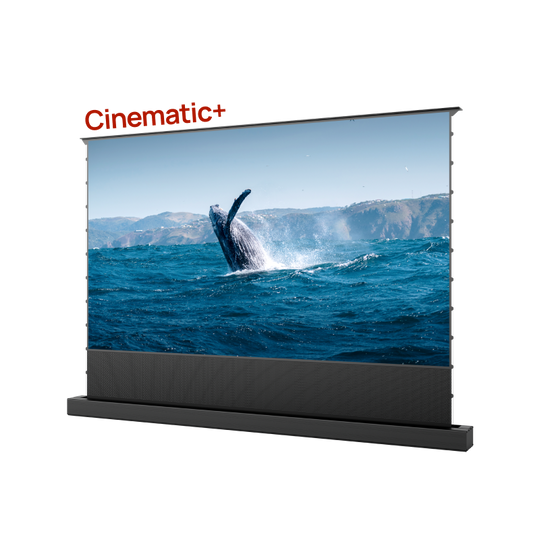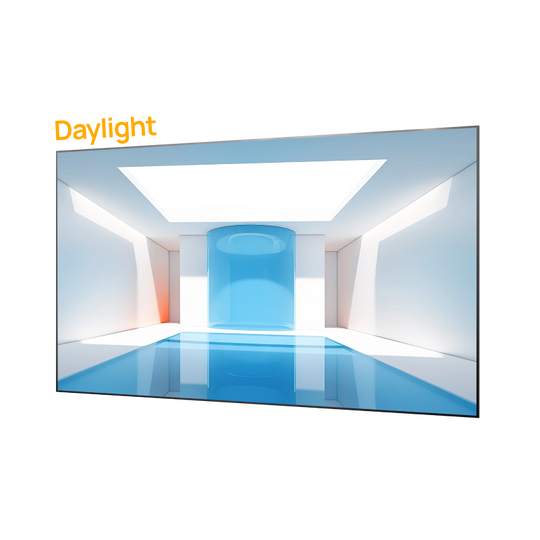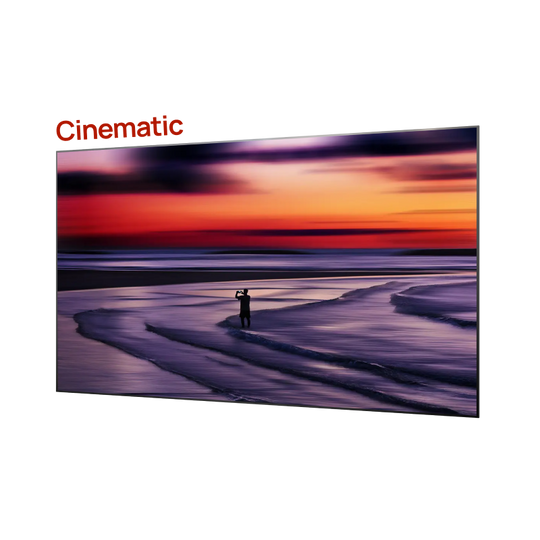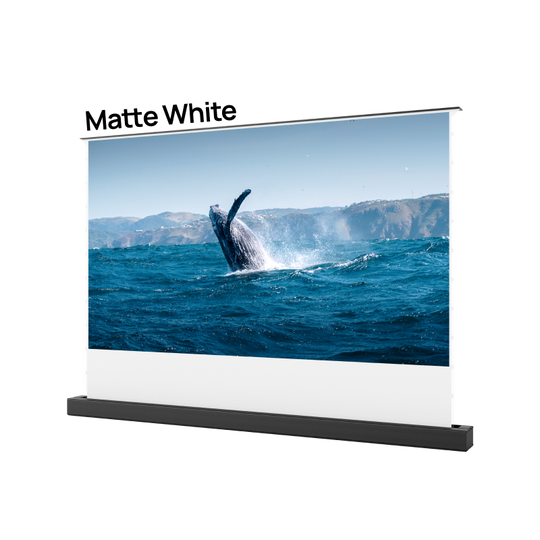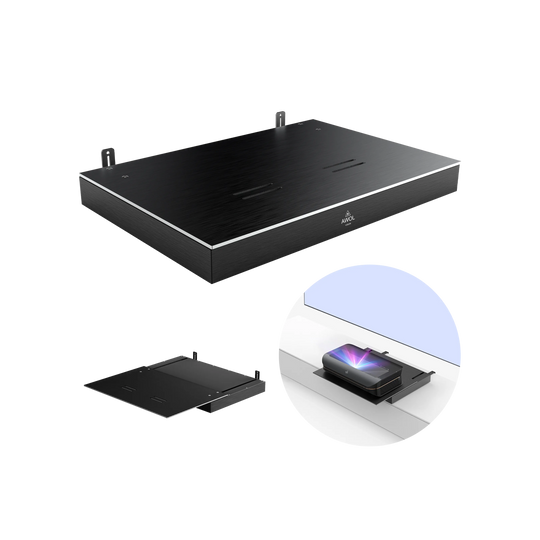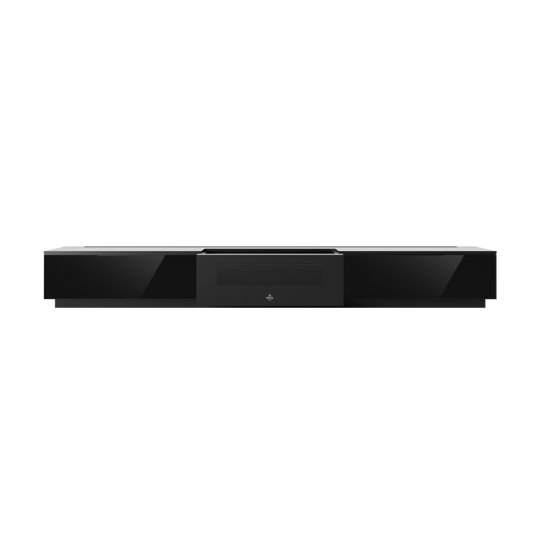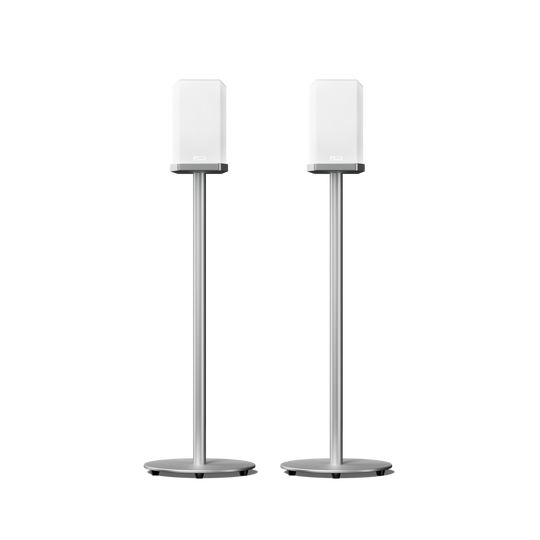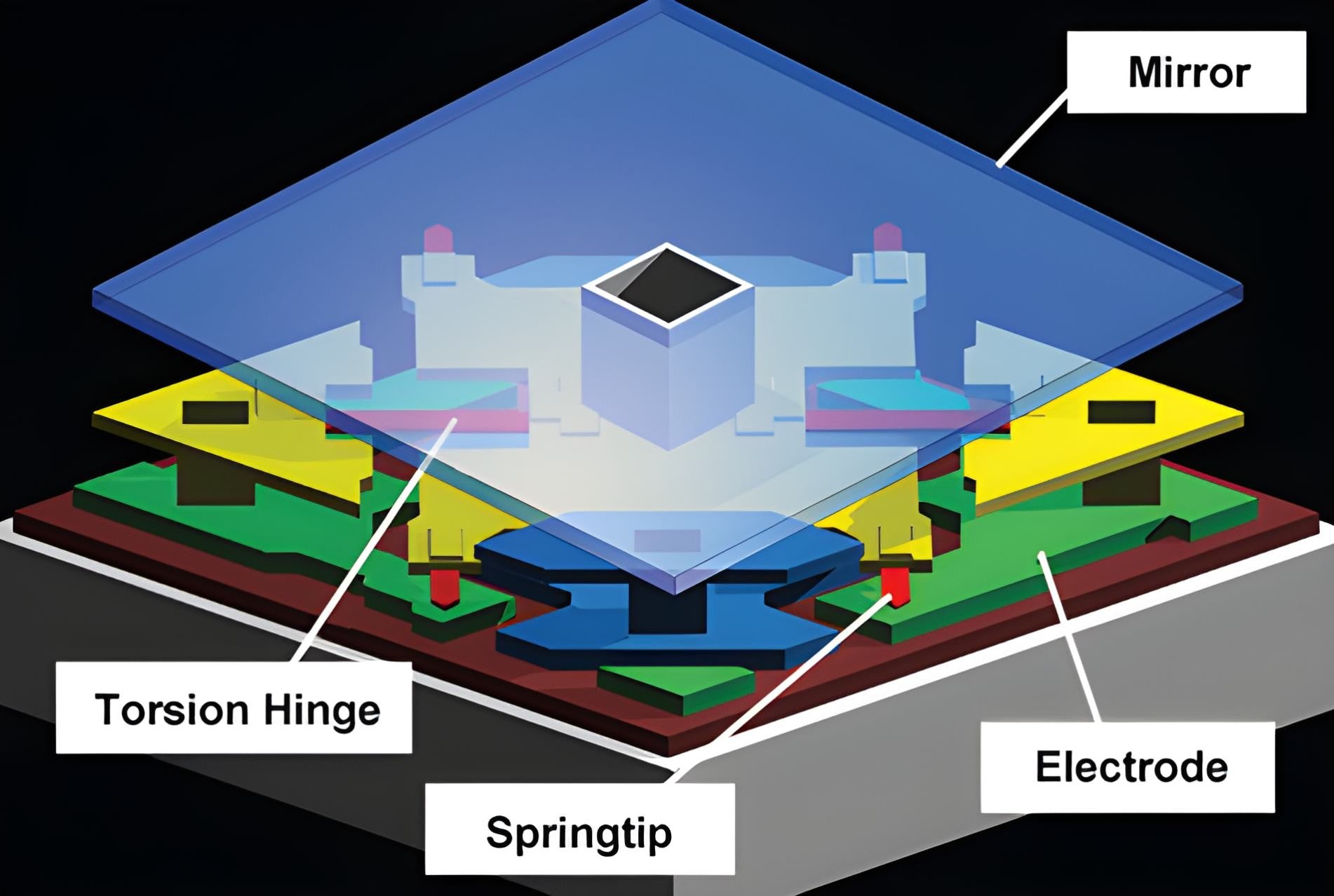That familiar beam of light cutting through a dark room, painting a vibrant image on a distant surface, is an experience we often take for granted. Whether it’s for a blockbuster movie night at home, a critical business presentation, or a dynamic classroom lesson, projectors are a part of our modern world. But how did we get here? When did projectors become a thing, evolving from a simple curiosity into the high-tech devices we know today?
The history of projection is longer and more varied than most people think. It’s a fascinating story of science and showmanship that stretches back more than 350 years. Let's take a journey from the earliest concepts to the birth of cinema and into the digital age.

The Analog Age: From Magic Lanterns to Motion Pictures
1659: The Magic Lantern – The First True Projector
The first recognizable image projector was the "laterna magica," or magic lantern. While long attributed to the German scholar Athanasius Kircher, modern historical analysis confirms it was invented by the brilliant Dutch scientist Christiaan Huygens no later than 1659. Huygens, who viewed the device as a mere toy for creating illusions, was reluctant to publicize his creation.
-
Technology: The magic lantern combined three core components for the first time: a dedicated light source (initially a candle or oil lamp), a transparent, hand-painted glass slide, and a focusing lens.
-
Evolution: Its primary limitation was the brightness of its lamp. This led to key innovations, including the Argand lamp in the 1780s and the development of intensely bright "limelight" in the 1820s, which used heated quicklime to illuminate images for audiences of thousands. The invention of the incandescent light bulb in 1879 ultimately provided the safe, consistent light source needed for mass adoption.
This addresses the question, "Did they have projectors in the 1800s?" Absolutely. The 19th century was the golden age of the magic lantern, used for everything from terrifying "Phantasmagoria" shows to educational lectures.
1895: The Birth of Cinema – The Film Projector is Invented
The invention of flexible celluloid roll film by George Eastman in 1889 was the critical catalyst that made motion pictures possible. This led to a fierce race among inventors to create a device that could project these new films for an audience, culminating in the watershed year of 1895.
-
The Eidoloscope (April 1895): The first public demonstration of a commercial movie projector in the United States was achieved by Woodville Latham and his sons. Their machine, the Eidoloscope, introduced the crucial "Latham Loop"—a small loop of slack film before the projector's gate. This simple innovation relieved the film's tension, preventing it from tearing and allowing for much longer movies. It remains a fundamental principle of film projection.
-
The Cinématographe (December 1895): In Paris, brothers Auguste and Louis Lumière held their first public screening. Their Cinématographe was a masterpiece of efficiency: a single, hand-cranked device that served as a camera, printer, and projector. Its portability and all-in-one design are credited with launching the global motion picture industry.
So, "Was there projectors in 1899?" Yes. By then, the technology was firmly established, with multiple competing systems like Edison's Vitascope (a rebranded version of Thomas Armat's Phantoscope) vying for control of the new and booming cinema market.
The 20th Century: Projectors for School and Home
Beyond cinema, other forms of analog projection became essential tools for communication and education.
-
The Overhead Projector (c. 1960s): While used by the U.S. military in WWII, the overhead projector became a classroom fixture in the 1960s, largely due to 3M's development of clear acetate sheets ("transparencies") and practical projector designs. Its key advantage was allowing a presenter to face the audience while writing, a simple but powerful feature that answered the question, "When were projectors introduced in schools?"
-
The 35mm Slide Projector (1961): The experience of home projection was revolutionized by the Kodak Carousel projector in 1961. Paired with Kodachrome color slide film, its iconic circular tray used a reliable, gravity-fed mechanism that made sharing family memories a cultural touchstone for a generation. Kodak ceased production of the Carousel in 2004, marking the end of the analog home slideshow era.
The Digital Disruption: Pixels, Mirrors, and the End of Film
The late 20th century saw a paradigm shift from analog light passing through a physical medium to the digital modulation of light.
1984: The LCD Projector – The First Digital Light Valve
The world's first working LCD (Liquid Crystal Display) video projector was built by inventor Gene Dolgoff in 1984. The technology works by passing a powerful light source through a series of dichroic mirrors, splitting the light into red, green, and blue beams. Each beam passes through a dedicated LCD panel, which acts as a "light valve," modulating the light pixel by pixel. The three colored images are then recombined with a prism and projected through a single lens. Epson commercialized the technology, launching the first compact model in 1989.
1987: DLP Technology – The Tilting Mirror Chip
While LCD was being developed, Dr. Larry Hornbeck at Texas Instruments invented a competing technology in 1987: DLP (Digital Light Processing).
-
Technology: The core of DLP is the Digital Micromirror Device (DMD), a semiconductor chip covered in millions of microscopic mirrors. Each mirror represents one pixel and can tilt thousands of times per second.
-
Function: In a single-chip DLP projector, light from the lamp passes through a spinning color wheel. The DMD's mirrors tilt toward the lens ("on") or away from it ("off") in sync with the wheel, projecting sequential red, green, and blue images so fast that the human eye blends them into a full-color picture.
1999: The Digitization of Cinema
DLP technology was the catalyst that ended the 120-year reign of celluloid film. After a high-profile demonstration showing Star Wars: Episode I in June 1999, Hollywood studios formed Digital Cinema Initiatives (DCI) to create a universal standard for digital exhibition. This specified either 2K (2048x1080) or 4K (4096x2160) resolution and established the technical foundation for the industry's complete transition away from physical film prints.
The Modern Era: Lasers, 4K, and Smart Features
Today's projectors are defined by solid-state light sources, higher resolution, and new form factors.
Laser and LED Light Sources: High-pressure UHP lamps have been replaced by solid-state light sources like LED and Laser. These offer lifespans of 20,000 hours or more (compared to a few thousand for a lamp), instant on/off capability, and consistent brightness over time. High-end projectors use pure RGB Laser systems, which provide the widest possible color gamut.
4K Resolution and Pixel Shifting: While native 4K imaging chips (with 8.3 million pixels) are extremely expensive, most consumer 4K projectors use an ingenious technology called pixel-shifting. A lower-resolution chip is used, and an optical actuator shifts the image at high speed, displaying two distinct images per frame. The eye integrates these into a full 4K-resolution picture, making ultra-high definition affordable.
New Form Factors:
-
Ultra-Short Throw (UST): These projectors use complex lenses to project a 100-inch or larger image while placed just inches from the wall, creating a "Laser TV" experience. Explore the world of home theater and bring the big screen home with AWOL Vision’s 4K laser projectors.
-
Pico Projectors: First appearing around 2008, these handheld, battery-powered projectors use efficient LED or laser sources for extreme portability.
Smart Features: Modern projectors are now standalone entertainment hubs, integrating operating systems like Android TV and using built-in cameras and AI for automatic focusing and keystone correction, making setup effortless.
The Bottom Line
From Huygens' flickering candle to a smart, 4K laser projector, the goal has always been the same: to tell a story with light.
In reviewing this long history, the key milestones stand out clearly: the creation of the first true projector with the Magic Lantern in 1659; the pivotal moment cinema was born with the film projector in 1895; and the paradigm shift to digital with LCD and DLP technology in the late 20th century.
